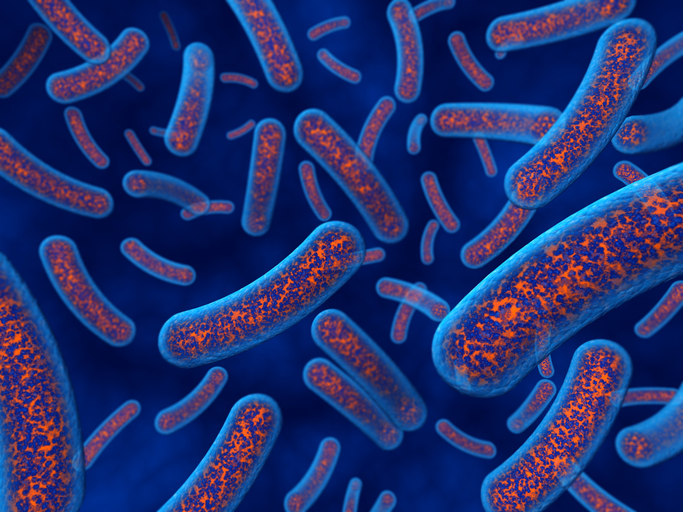Bacteria are a cornerstone of the pharmaceutical and chemical industries, helping produce everything from drugs and beer to biodiesel and fertilizer. The pharmaceutical industry, in particular, relies heavily on bacteria for producing substances like insulin and penicillin. Bacteria’s contributions to industry have revolutionized drug development.
But the production of compounds comes at a high cost. The industry uses vast quantities of E. coli, and replacing them takes a toll on the environment, energy, and time due to factors like high temperatures, extreme pH levels, UV radiation, and exposure to solvents.
Now, a team of researchers at the University of Southern Denmark is focused on making industrial bacteria more robust and useful. Their goal is to reduce the energy, time, and unwanted chemicals required to maintain bacteria, while also making them reusable so they can work longer before needing to be replaced. To do that, they developed a polymer coating that integrates with the bacterial cell membrane and chemically modified cell membranes with the catalytic polymers.
“We took a common industrial bacterium, E. coli, and essentially gave it a ‘Superman cape’ to enhance its catalysis capabilities. This reduces energy use and makes the production process more sustainable,” explained Changzhu Wu, PhD, associate professor at the department of physics, chemistry, and pharmacy, University of Southern Denmark.
In developing the “Superman cape,” Wu sought a material that could envelop the bacteria while still allowing them to interact with their environment to carry out the desired complex chemical reactions.
Through a one-step in situ atom transfer radical polymerization on living E. coli cells, “polymers are generated to protect the cells from environmental stressors while facilitating chemoenzymatic synthesis by integrating catalytic polymers with intracellular enzymes,” noted the authors.
This work is published in Nature Catalysis in the paper, “Engineering living cells with polymers for recyclable photoenzymatic catalysis.”
“We essentially grafted an E. coli bacterium’s cell membrane with polymers, achieving two important outcomes: First, the bacteria became stronger and more efficient, and could carry out complex chemical reactions more quickly. Second, the bacteria became more protected, allowing for multiple uses. So, it’s a kind of ‘Superman bacterium’ that is more sustainable,” explained Wu.
As a proof of concept, “a photoenzymatic cascade with an anthraquinone-based polymer and benzaldehyde lyase is demonstrated,” the authors noted, “converting benzyl alcohol into benzoin and achieving bioconversion yields that are 15 times higher than controls. Additionally, cells serve as large biological scaffolds for polymers, enabling recycling of macromolecular catalysts.”
This work presents a straightforward approach that offers a technology platform for engineering cell membranes for cascade synthesis, with broad implications for synthetic chemistry, polymer chemistry, and biotechnology.
